SOL can now play nested dolls.
Original Title: Jito (Re)staking is here- Who will win the Solana restaking race?
Written by: flow, crypto researcher
Translated by: zhouzhou, BlockBeats
Editor’s Note: This article introduces the restaking protocol Jito (Re)staking launched by Jito Labs on Solana. This technology allows the use of already staked SOL assets to earn higher yields and potentially participate in airdrops. Users can restake SOL through three providers (Renzo, Fragmetric, and Kyros), each varying in risk, liquidity, and potential returns. The article compares their features in detail and recommends choosing Kyros, which supports fair launches and has potential airdrop returns.
The following is the original content (reorganized for readability):
After successfully creating the largest liquid staking protocol on Solana, Jito Labs brings another significant development: the launch of a new restaking protocol—Jito Restaking. This restaking project went live today and will soon open for deposits, with an initial restaking cap of approximately $25 million (147,000 SOL). For those looking to achieve higher annualized returns on SOL and eager to seize airdrop opportunities, this is currently a very attractive opportunity in the market.
Before introducing how to maximize this opportunity, let’s briefly review the fundamental principles of Jito Restaking.
What is Jito Restaking
In simple terms, restaking refers to using already staked assets to provide security for specific decentralized services again. While it may seem unimportant, it is actually one of the most promising innovations of this cycle. The concept was pioneered by EigenLayer and first launched on the Ethereum mainnet in June 2023.
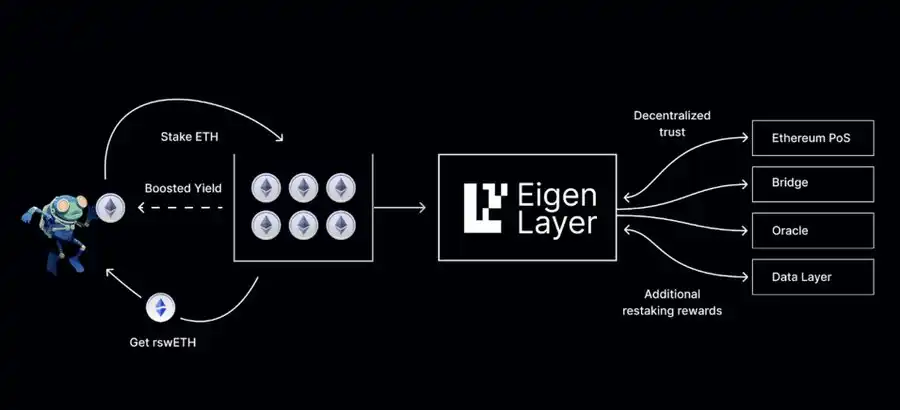
Example illustration of how restaking actually works
Today, Jito has finally brought this new technology to Solana through its restaking solution.
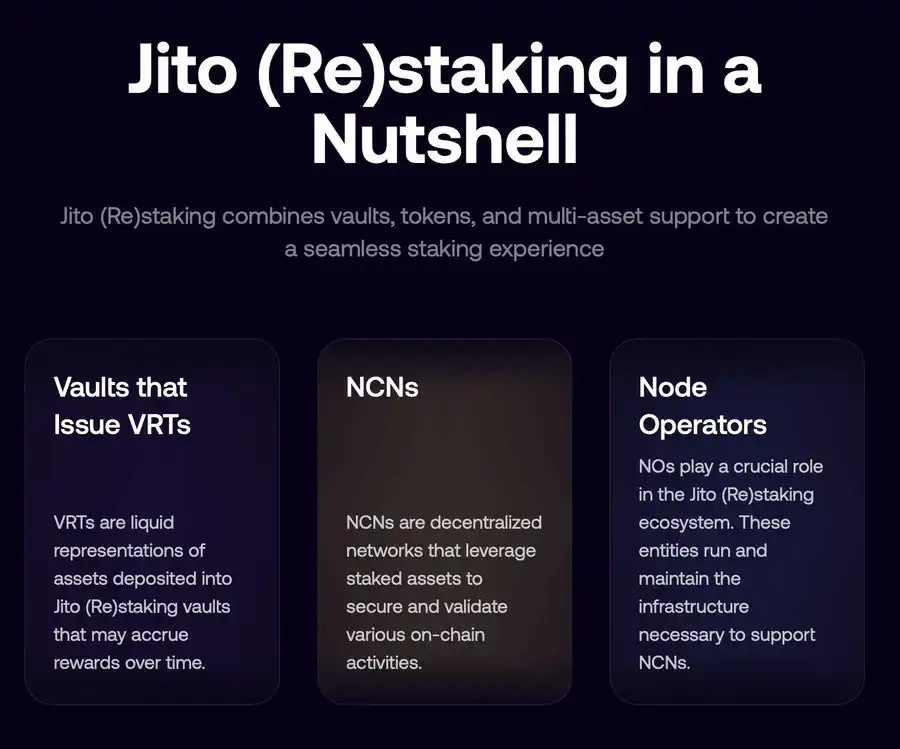
Schematic diagram of the components of Jito Restaking
Core Components of the Jito Restaking Framework
The Jito Restaking framework consists of two main components: the restaking program and the vault program. They can be viewed as two independent entities that collaborate to provide a flexible and scalable infrastructure for creating and managing staked assets, vault receipt tokens (VRT), and node consensus operators (NCN). VRT is Jito's term for liquid restaking tokens, while NCN is similar to the active validation services in EigenLayer, representing entities that will utilize the Jito restaking solution.
The main function of the restaking program is to manage the creation of node consensus operators (NCN), the user selection mechanism, and the reward distribution and penalty mechanisms. This part is not visible to users and can be considered the core support of the Jito restaking solution.
The vault program, on the other hand, is responsible for managing liquid restaking tokens (VRT) and customizing different restaking strategies through DAO or automated protocols. This is the main interface for users to participate in restaking. It can be likened to how the restaking role in EigenLayer is performed by the restaking program on Solana, while the vault program acts as a liquidity layer between users and the core restaking protocol.
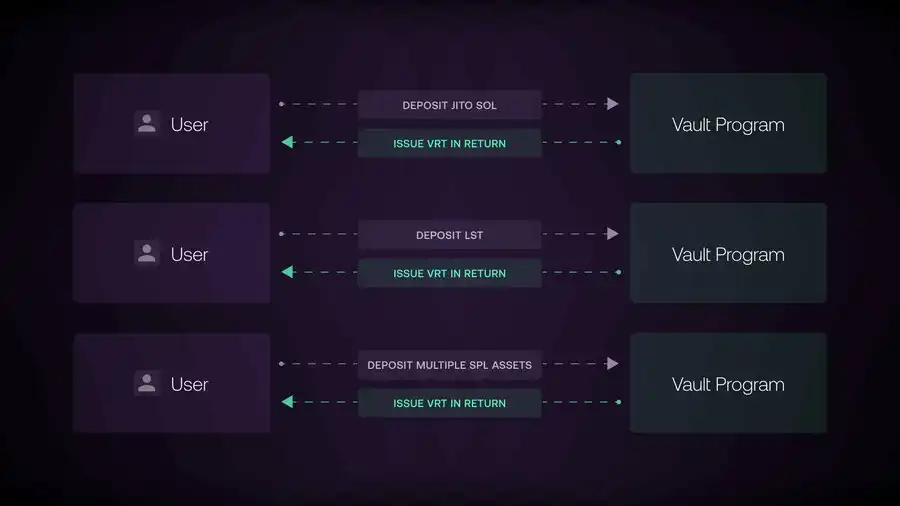
Illustration of how the Vault program works
3 VRT Providers
In the initial phase, Jito is collaborating with only three VRT providers: RenzoProtocol ($ezSOL), fragmetric ($fragSOL), and KyrosFi ($kySOL), which will collectively allocate an initial cap of 147,000 SOL. Therefore, any user wishing to restake SOL through Jito will need to choose among these three VRT providers.
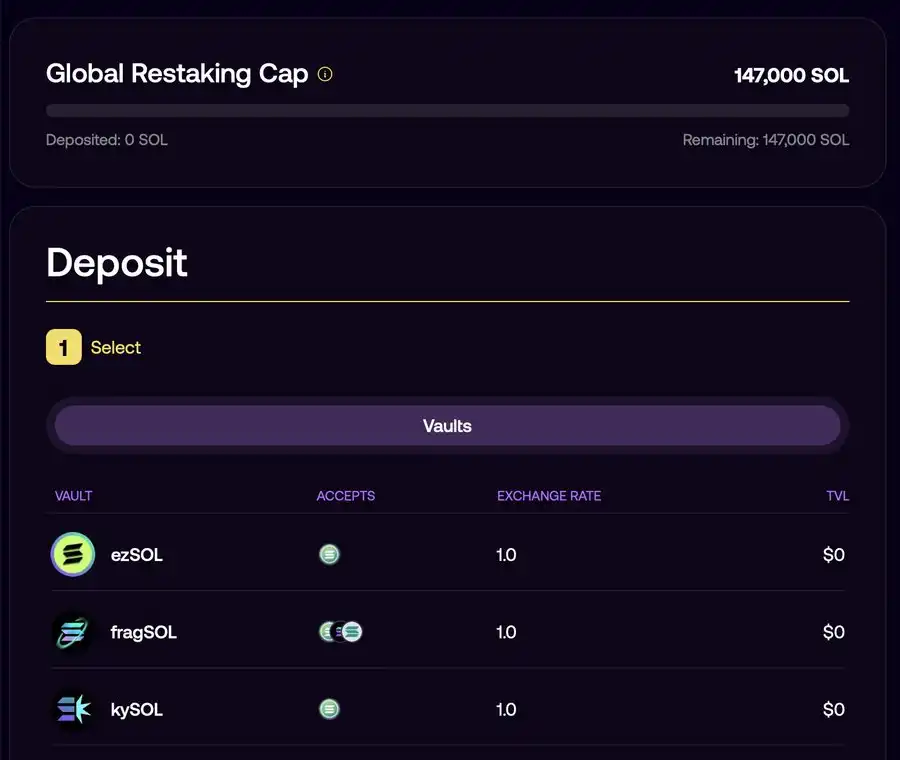
Image of the Jito (Re)staking landing page
Here is a summary of the main features of each VRT provider:
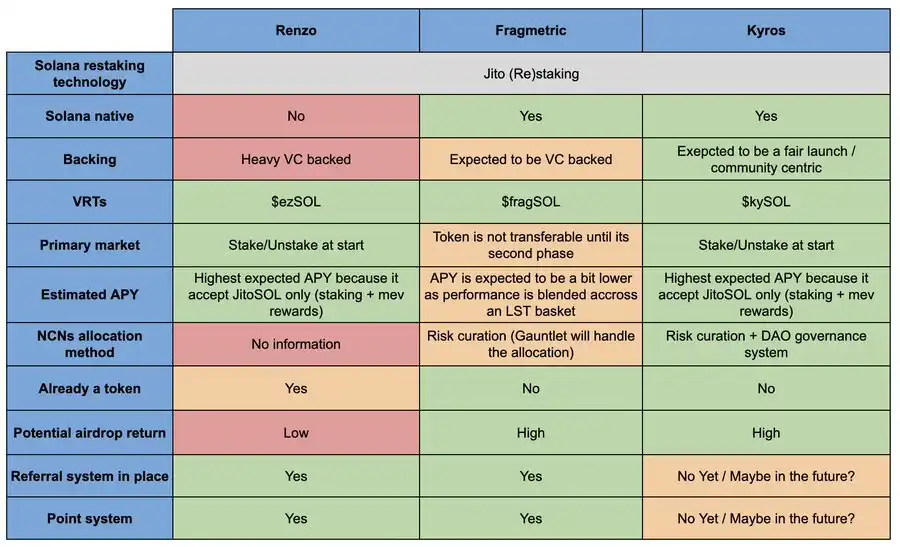
How to Choose the Right VRT for SOL Restaking?
When choosing which VRT to use, the key is to find the best risk-return ratio.
Here is an analysis of each provider:
Risk: In terms of risk, the main focus is on protocol penalties (i.e., penalty risk) and liquidity risk. Given the current low number of NCNs and the early stage, it can be assumed that all providers have similar risk levels. Renzo and Kyros accept the most liquid JitoSOL, while Fragmetric accepts a wider variety of liquid staking tokens (LST), which may increase its liquidity risk. Additionally, Renzo and Kyros's VRT will have liquidity from the start, while Fragmetric's tokens are not transferable initially. Therefore, in terms of risk, Renzo and Kyros have the lowest risk, while Fragmetric has slightly higher risk.
APY Returns: The APY for each project is expected to be similar, but it can be assumed that Renzo and Kyros, by only using JitoSOL, may have slightly higher expected APY than Fragmetric, though the difference will not be significant.
Airdrop Potential: Given that all VRTs have similar risks and expected returns, the key factor in choosing a specific VRT is the potential for airdrop rewards. Renzo already has tokens, and while restaking may earn some future airdrop points, the potential is relatively low. In contrast, both Kyros and Fragmetric currently have no tokens, indicating higher airdrop potential.
Further Analysis of the Differences Between Kyros and Fragmetric:
Fragmetric's Features: Expected to receive venture capital support, may follow a high FDV, low circulation model; leans towards a technical and decentralized user base; collaborates with risk management company Gauntlet; tokens are not transferable initially; accepts multiple LSTs.
Kyros's Features: Supported by SwissBorg, helping to distribute $kySOL and potentially collaborating with major participants in Solana; may raise funds through a fair community-driven token model; has not yet started large-scale promotion; NCN allocation method may be based on DAO voting; supports JitoSOL.
Overall, KyrosFi appears more attractive in several aspects. First, the support from SwissBorg makes it easier to distribute $kySOL and opens doors for collaboration with major partners in Solana. Second, Kyros may adopt a fair launch approach. Finally, Kyros is relatively low-profile at the moment, making its airdrop return potential more appealing.
Of course, this is a personal opinion for reference only, and I hope this analysis helps you make a more informed decision when choosing to restake SOL.
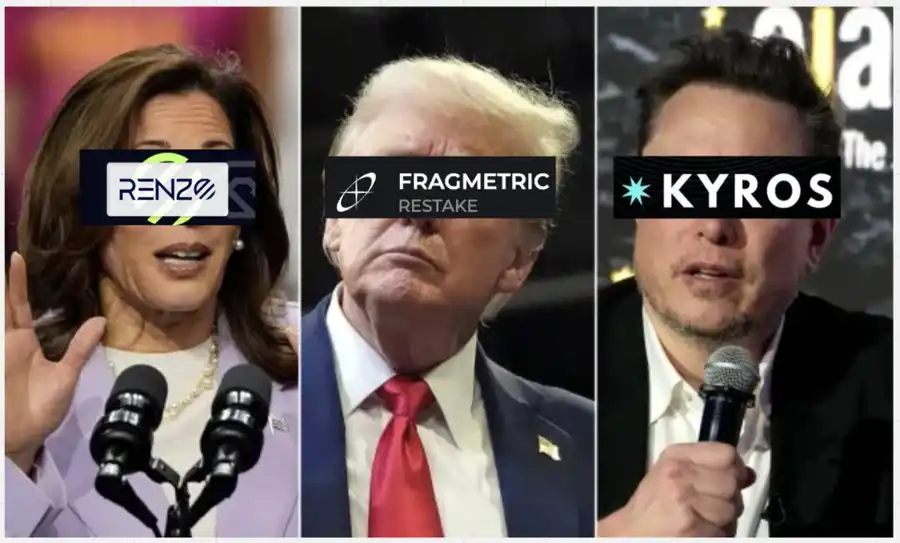
免责声明:本文章仅代表作者个人观点,不代表本平台的立场和观点。本文章仅供信息分享,不构成对任何人的任何投资建议。用户与作者之间的任何争议,与本平台无关。如网页中刊载的文章或图片涉及侵权,请提供相关的权利证明和身份证明发送邮件到support@aicoin.com,本平台相关工作人员将会进行核查。




